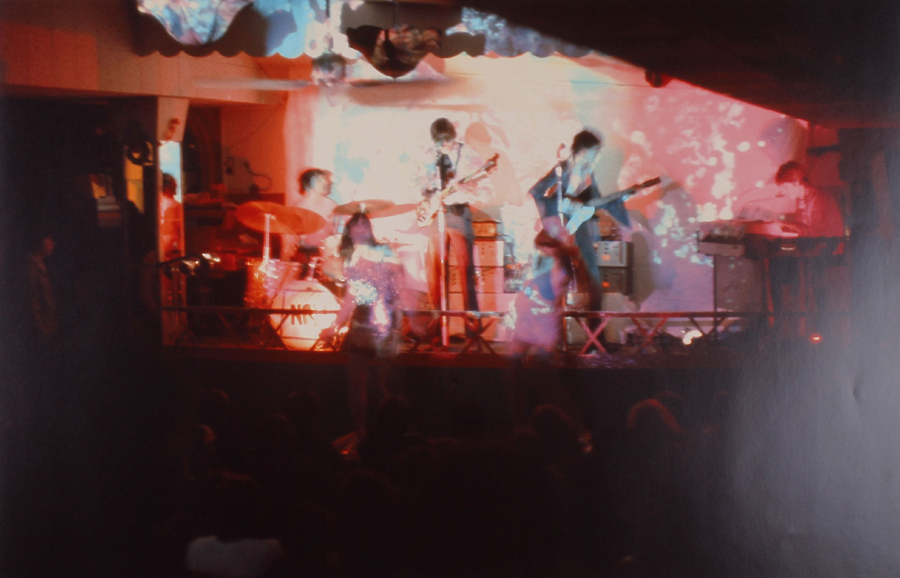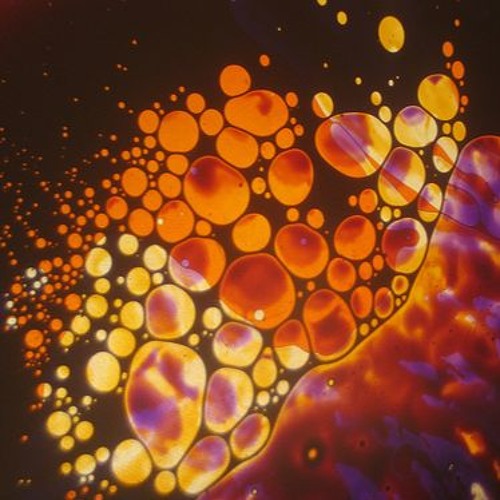1967: Recording the album, Norman Smith, Nick the Producer and Roger's single
Entering the studios
The producer Norman Smith, known by his work with The Beatles, was hired to work with Projection, with engineer Pete Bown. The group entered the first time at the EMI Studios in February. Jones brought his singles to re-record them on their first album. The same thing made Syd Barrett. Kevin Ayers and Robert Wyatt also wrote some tunes to possibles singles when they still were members of Soft Machine. During the first days, the band started to rework on Jones and Barrett songs, with
Lucy Leave and
You've Got the Habit of Leaving. "
We've decided to rework on the songs that were already available, then we got forward on other songs.", remembers Richard Wright. The band tried to convince Wright to record his tune
You're The Reason Why, originally recorded by the trio Adam, Mike and Tim. The group rehearsed the song, but with no success. "
They had a lot of ideas, but every time they forgot it.", Norman Smith. "
It was a bit frustrating to work with them, specially with Syd. He was a lot unquiet. Wright and Bowie were fairly cooperative.".
After re-record the songs, the band started to work on new tunes, primarily Ayers' lyrics. During the same time, Syd was writing new more songs to a possible next album. "
It was a time with a lot of inspiration...", remembers Syd Barrett. "
...I was writing more songs to record, but eventually we had more than available to the album.". Only one song was chosen, called Arnold Layne. The character presented on the song was a transvestite whose strange hobby was stealing women's clothes. "
When I read the song's lyrics, I became amazed with those lyrics... strangely hilarious and a bit controversial!", David Bowie.
Roger Waters and Nick Mason were also involved on produce the album, taught by Norman Smith. Waters also wanted to record two songs which he wrote,
Walk With Me Sydney (which an early version appeared on Pink Floyd Sound bootlegs), and
Take Up Thy Stethoscope and Walk. "
I wanted to record those songs, [Peter] Jenner and [Andrew] King indeed. Norman was a lot focused on the [Projection's] album.", recalls Roger Waters. Also involved in production, Nick Mason had to wait to produce Roger's singles.
(L-R) Wright, Barrett, Mason and Waters at the studio.
In March, Syd entered at the studio with an idea. Instead of standard-to-psychedelic pop/rock songs, Barrett came with a Pink Floyd's old number. Agreeing with Barrett, Norman Smith started to record the takes for the song. Syd invited Nick Mason and Roger Waters to participate of the recording. The entire set gave in three takes, with 16 minutes, the experimental piece
Interstellar Overdrive. With the exception of Jones, the entire band involved on the recording of the song received a songwriting credit. "
We enjoyed a lot the moment.", Barrett. "
In three takes, we've finished a song, in less than one day.". The band restarted to focus on Barrett and Jones' last songs.
A Visit from the Future
In the last week, and invited by Syd, his friend, David Gilmour visited the sessions of their debut album for the first time. The band was recording takes to
Feelin' Reelin' Squeelin', a song composed by Kevin Ayers. "
Had a lot of time I haven't seen Syd. And, there was the first time I saw him, with his new project. The last time I knew about him he was still with Pink Floyd.". Gilmour met his old friends, and also met David Bowie. "
He was such a nice guy, but the most of all time he was quiet. Bowie was good friends with Wright and Syd, I think.".
In the same year, David Gilmour and his band,
Jokers Wild went to France. Gilmour participed of the recordings of the soundtrack to the film
A Coeur Joie, briefly dating the actress Brigitte Bardot. The soundtrack was composed by Michel Magne, and David did the vocals on
Do You Want to Marry Me? and
I Must Tell You Why. Gilmour's band would change the name to
Flowers, then dissolve in France, while he returned to England.
Back to Abbey Road
In March, Projection visited the next studio to them. There were,
The Beatles. They were recording
Lovely Rita to a new, ambitious project, called
Sgt. Peppers Lonely Hearts Club Band. Related on his biography, Nick Mason told the encounter was "
[...] like meet God, or something supernatural [...]". In the same month, the band finally finished the sessions for their debut album. In a non-stop sequence, after two weeks, the group reunited again at the studios to produce their second studio album. Suggested by Barrett's sister, Rosemary, the album was called
Synaesthesia, due to a report that Syd could "
hear colours and see sounds".
April was a month of learning to Mason and Waters. Norman Smith, Pete Bown and his working crew started to mix the entire album. In the same time, Roger Waters finally started to record his songs to release as singles. The sessions were finished in the same week.
WALK WITH ME SYDNEY/TAKE UP THY STETHOSCOPE AND WALK
Walk With Me Sydney/Take Up Thy Stethoscope and Walk is an EP released by Roger Waters. It contains just two songs, released as singles. Walk With Me Sydney is a beat-oriented song, while TUTSaW is a psychedelic song, influenced by the beat music on the other song. Walk With Me Sydney peaked at #27 at UK Single Charts, while TUTSaW peaked at #25. Both songs were produced by Nick Mason and helped by the Projection members.
(No cover.)
ROGER WATERS - WALK WITH ME SYDNEY/TAKE UP THY STETHOSCOPE AND WALK
Genre: Beat music, psychedelic rock
Total: 6:16
Produced by: Nick Mason
Side A
1. "Walk With Me Sydney" (Roger Waters) - 3:11
Side B
2. "Take Up Thy Stethoscope and Walk" (Waters) - 3:05
Personnel
Roger Waters - lead vocals, rhythm guitar
Syd Barrett - backing vocals, electric guitar
Richard Wright - backing vocals, keyboards
Kevin Ayers - bass guitar
Nick Mason - drums, percussion, production
Norman Smith - supervisor







